Description
Kees van Dongen (26 January 1877 – 28 May 1968) was a Dutch-French painter who was one of the leading Fauves.
In 1892, at age 16, Kees van Dongen started his studies at the Royal Academy of Fine Arts in Rotterdam. During this period (1892–97), Van Dongen frequented the Red Quarter seaport area, where he drew scenes of sailors and prostitutes. He met Augusta Preitinger at the Academy, a fellow painter. In 1897, Van Dongen lived in Paris for several months, where there was a large emigre community. In December 1899 he returned from Rotterdam to Paris, where Preitinger had moved before him and found work. They married on 11 July 1901.
Van Dongen began to exhibit in Paris, and participated in the controversial 1905 Salon d’Automne exhibition along with Henri Matisse, André Derain, Albert Marquet, Maurice de Vlaminck, Charles Camoin, and Jean Puy. The bright colours of this group of artists led to them being called Fauves (‘Wild Beasts’)
In these years he was part of an avant-garde wave of painters, including Maurice de Vlaminck, Othon Friesz, Henri Rousseau, Robert Delaunay, Albert Marquet, Édouard Vuillard, who aspired to a renewal of painting which they thought was stuck in neo-impressionism. In 1906, Preitinger and Van Dongen moved to the Bateau Lavoir at 13 rue Ravignan in Montmartre, where they were friends with the circle surrounding Pablo Picasso and his girlfriend Fernande Olivier. He taught at the Académie Vitti in 1912.
After the First World War, under the influence of his companion, the fashion director Lea Alvin (Jasmy Jacob), among others, van Dongen developed the lush colours of his Fauvist style. This earned him a solid reputation with the French bourgeoisie and upper class, where he was in demand for his portraits. As a fashionable portraitist, he was commissioned for subjects including Arletty, Louis Barthou, Sacha Guitry, Leopold III of Belgium, Anna de Noailles and Maurice Chevalier.
With a playful cynicism he remarked of his popularity as a portraitist with high society women, “The essential thing is to elongate the women and especially to make them slim. After that it just remains to enlarge their jewels. They are ravished” This remark is reminiscent of another of his sayings: “Painting is the most beautiful of lies”
In 1926, he was made a Knight of the French Legion of Honour, and in 1927 the Order of the Crown of Belgium in recognition of his contributions to art. In 1929, the French government awarded him citizenship. Two of his works were collected that year by the Musée du Luxembourg.
This watercolor has a handwritten certificate on the back from his wife dated 28 October 1986:
“Je certifie que le dessin au fusain et aquarelle mesurant 21 x 26 cm représentant “groupe d’Egyptienne et française dans la rue au Caire” executé vers 1928 signee en bas a droîte represente sur cette photographie est une oeuvre authentique de mon mari”
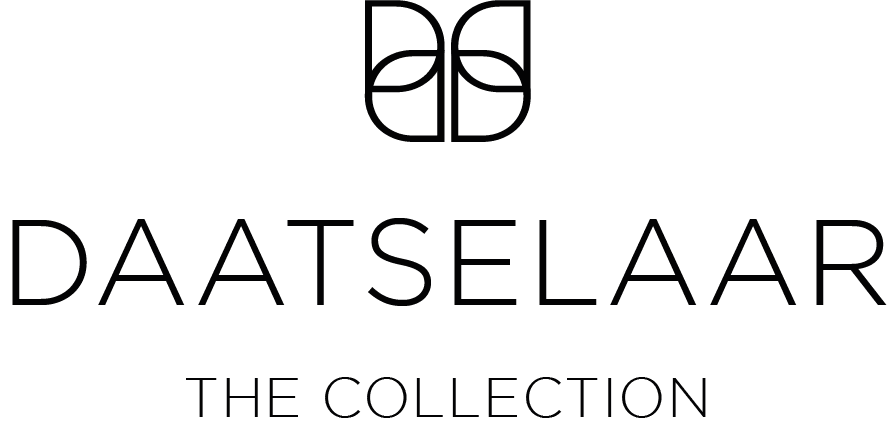
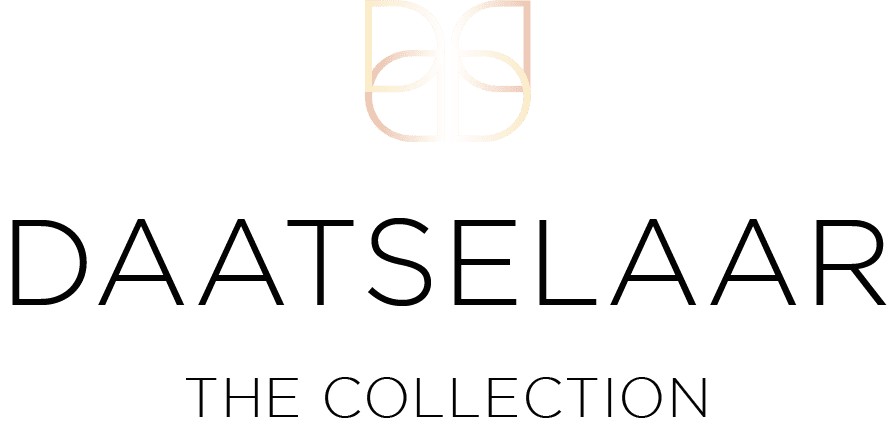
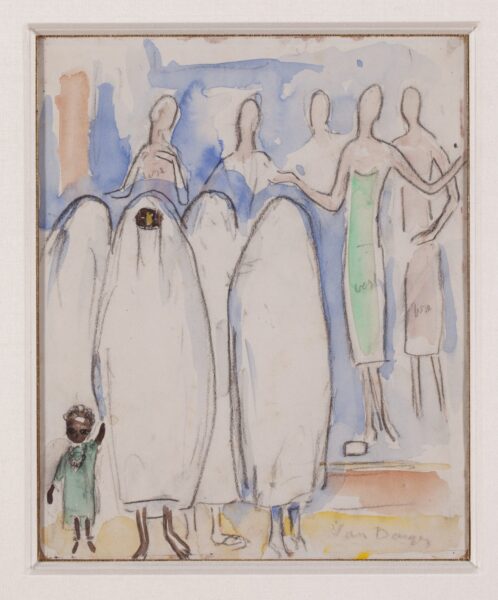
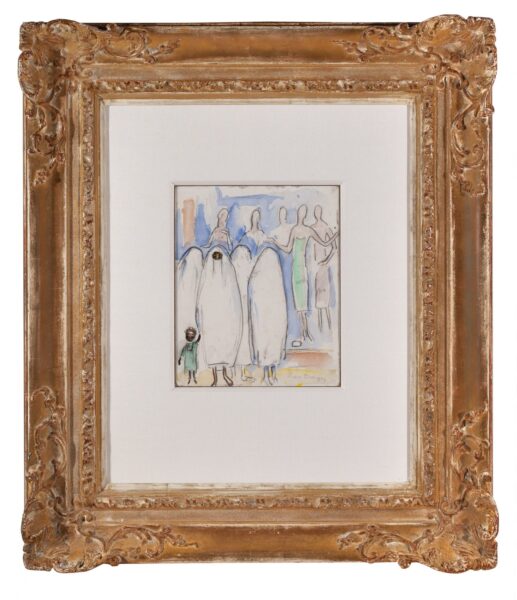
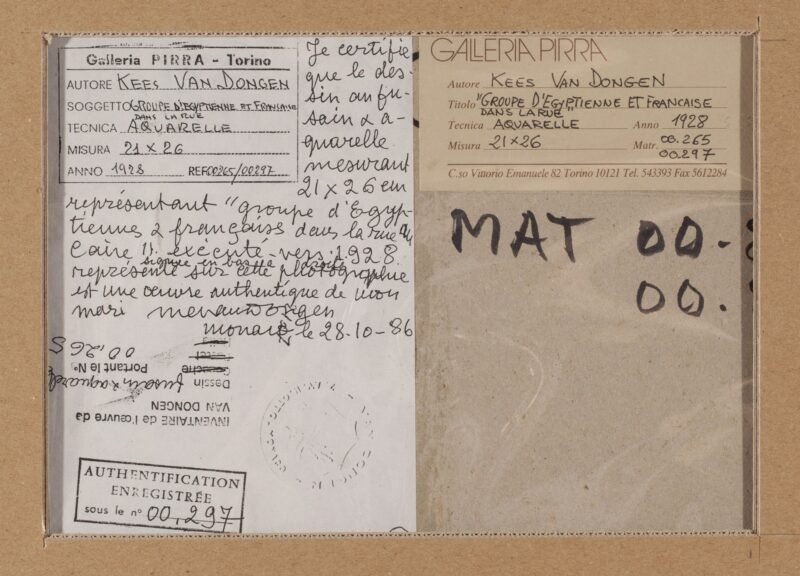

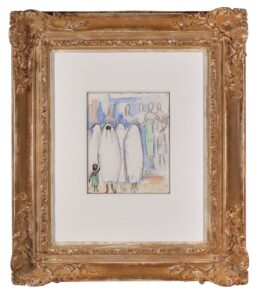
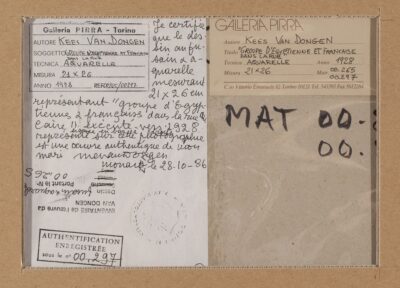
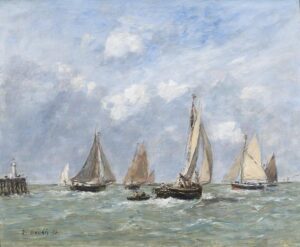
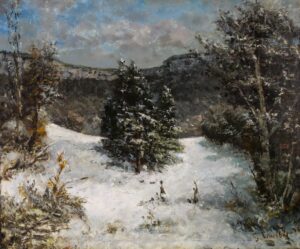


Reviews
There are no reviews yet.